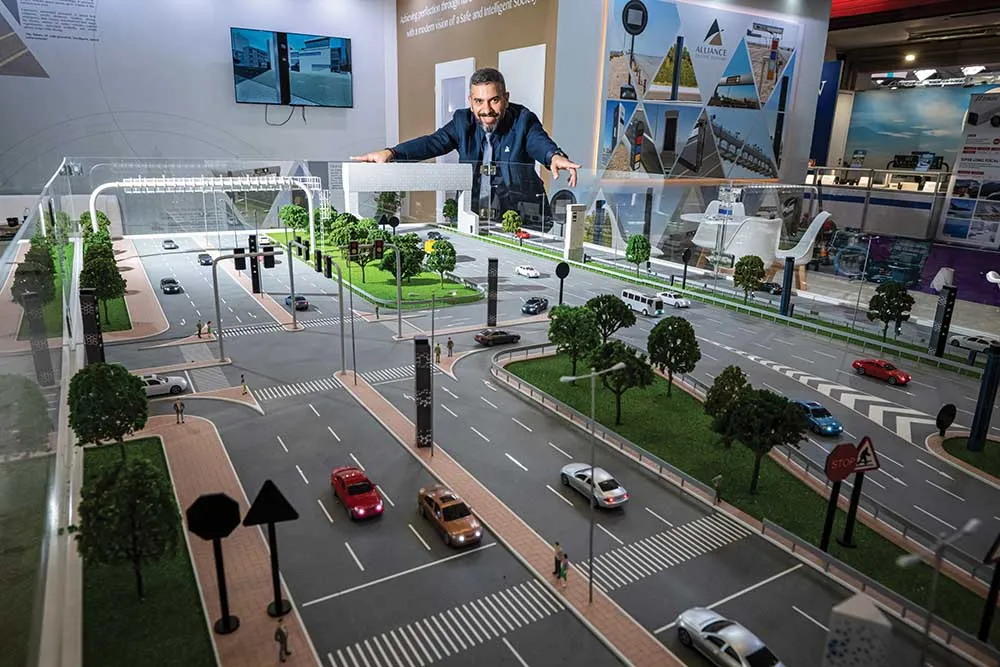Zero standing-traffic related incidents were recorded during UK service provider A-one+’s recent A1 refurbishment project, a result the firm attributes to the deployment of a variable message sign (VMS) package supplied by temporary intelligent transport system (ITS) solutions provider, Mobile Visual Information Systems (MVIS).
November 5, 2013
Read time: 2 mins
Zero standing-traffic related incidents were recorded during UK service Provider A-one+’s recent A1 refurbishment project, a result the firm attributes to the deployment of a variable message sign (VMS) package supplied by temporary intelligent transport system (ITS) solutions Provider, 6918 Mobile Visual Information Systems (MVIS).
During July and August 2013, ten MVIS VMS-C variable message signs were operational during the northbound refurbishment of the A1 western bypass between Newcastle and Gateshead. Featuring a display that switched from speed roundels to three colour Chapter 8/MS4 style pictograms in the event of standing traffic due to lane closures, the signs were quickly spotted and acted upon by motorists.
A-one+ credits the highly visible pictograms with ensuring zero standing-traffic related incidents during the six week installation. When the company undertook an identical project on the southbound carriageway in 2009, using fixed frame signs, there were several such incidents.
Said A-one+ incident manager of operations, Ian Lee: “Not only did MVIS’ VMS facilitate a rapid message change in response to the quickly changing traffic situation, but the high visibility of the three colour pictograms engendered an instant motorist reaction, promoting the safety of road workers, police and motorists alike. Without a doubt, the zero shunt rate during this year’s refurbishment works was the result of the deployment of MVIS’ VMS signs, with their market-leading software technology.”
Added MVIS managing director, Pat Musgrave: “MVIS has long-championed the health and safety benefits of its VMS, and is pleased to have been able to demonstrate these to the advantage of the A-one+ project.”
During July and August 2013, ten MVIS VMS-C variable message signs were operational during the northbound refurbishment of the A1 western bypass between Newcastle and Gateshead. Featuring a display that switched from speed roundels to three colour Chapter 8/MS4 style pictograms in the event of standing traffic due to lane closures, the signs were quickly spotted and acted upon by motorists.
A-one+ credits the highly visible pictograms with ensuring zero standing-traffic related incidents during the six week installation. When the company undertook an identical project on the southbound carriageway in 2009, using fixed frame signs, there were several such incidents.
Said A-one+ incident manager of operations, Ian Lee: “Not only did MVIS’ VMS facilitate a rapid message change in response to the quickly changing traffic situation, but the high visibility of the three colour pictograms engendered an instant motorist reaction, promoting the safety of road workers, police and motorists alike. Without a doubt, the zero shunt rate during this year’s refurbishment works was the result of the deployment of MVIS’ VMS signs, with their market-leading software technology.”
Added MVIS managing director, Pat Musgrave: “MVIS has long-championed the health and safety benefits of its VMS, and is pleased to have been able to demonstrate these to the advantage of the A-one+ project.”










